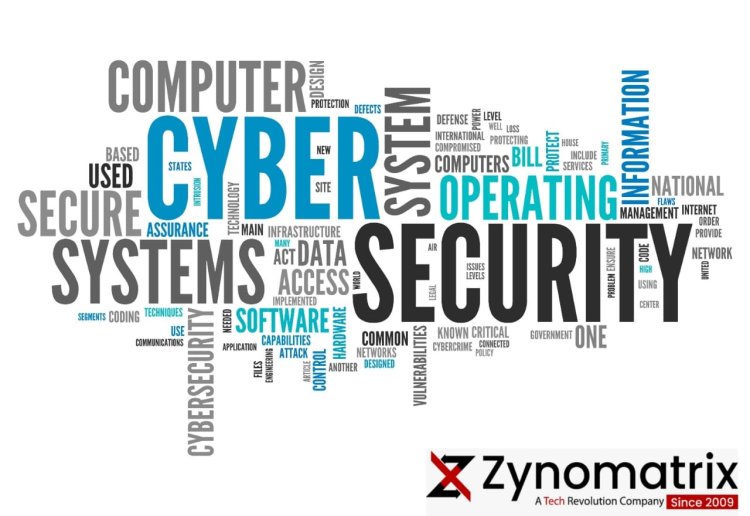Cybersecurity Best Practices to Protect Your Digital Assets.
In an increasingly digital world, safeguarding your digital assets is paramount. This comprehensive guide explores cybersecurity best practices to help you fortify your online defenses and mitigate the risk of cyberattacks. By implementing these practices, you can better protect your sensitive information, maintain data integrity, and ensure the privacy and security of your digital presence.

Introduction:
In today's interconnected world, cybersecurity is of utmost importance. With cyber threats constantly evolving, it's crucial for individuals and businesses to adopt robust security practices to protect their digital assets. This blog post will outline essential cybersecurity best practices to help you fortify your online defenses and mitigate the risk of cyberattacks.
- Strong Passwords and Two-Factor Authentication (2FA):
Creating strong, unique passwords is the first line of defense against unauthorized access. Use a combination of upper and lowercase letters, numbers, and special characters. Additionally, enable 2FA whenever possible, as it provides an extra layer of protection by requiring a second verification step, such as a code sent to your mobile device.
- Regular Software Updates and Patch Management:
Keeping your operating systems, applications, and software up to date is vital for cybersecurity. Regularly install security patches and updates as they often include bug fixes and vulnerability patches that address known weaknesses in the software.
- Secure Network Connections:
Ensure that your Wi-Fi network is properly secured by using strong encryption (WPA2 or WPA3), changing default passwords on routers, and disabling remote administration. Avoid connecting to unsecured public Wi-Fi networks, as they can be easily compromised by attackers.
- Employee Education and Training:
Human error is one of the leading causes of cyber incidents. Regularly educate and train employees on cybersecurity best practices, such as recognizing phishing emails, avoiding suspicious websites, and practicing safe browsing habits. Establish clear policies for handling sensitive data and provide ongoing awareness programs.
- Data Backup and Recovery:
Regularly backup your important data and store it securely. Implement a robust backup strategy that includes both onsite and offsite backups to protect against data loss due to ransomware attacks, hardware failures, or natural disasters. Test your backups periodically to ensure they are functional and reliable.
- Firewalls and Antivirus Software:
Deploy firewalls and maintain up-to-date antivirus software on all devices. Firewalls act as a barrier between your network and external threats, while antivirus software detects and removes malicious programs. Keep them updated to guard against the latest threats.
- Least Privilege Principle:
Follow the principle of least privilege, which means granting users only the minimum access necessary to perform their job functions. Limit administrative privileges to prevent unauthorized changes or malware from spreading across the network.
- Secure Web Browsing and Email Practices:
Exercise caution when clicking on links or downloading attachments from emails or unfamiliar websites. Be wary of phishing attempts and verify the legitimacy of the sender before providing sensitive information. Use ad-blockers, script-blockers, and browser extensions that enhance security and privacy.
- Incident Response Plan:
Develop an incident response plan to ensure a swift and effective response in the event of a cyber incident. Define roles and responsibilities, establish communication channels, and conduct regular drills to test the plan's effectiveness. This will help minimize the impact of an attack and facilitate a quicker recovery.
- Regular Security Audits and Penetration Testing:
Periodically conduct security audits and penetration testing to identify vulnerabilities and assess the effectiveness of your cybersecurity measures. Engage with professional security experts who can help identify weaknesses and provide recommendations for improvement.
What's Your Reaction?





















